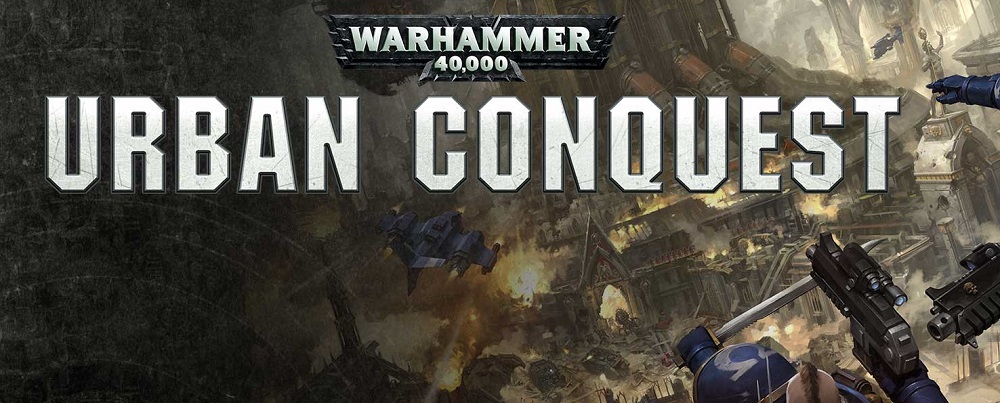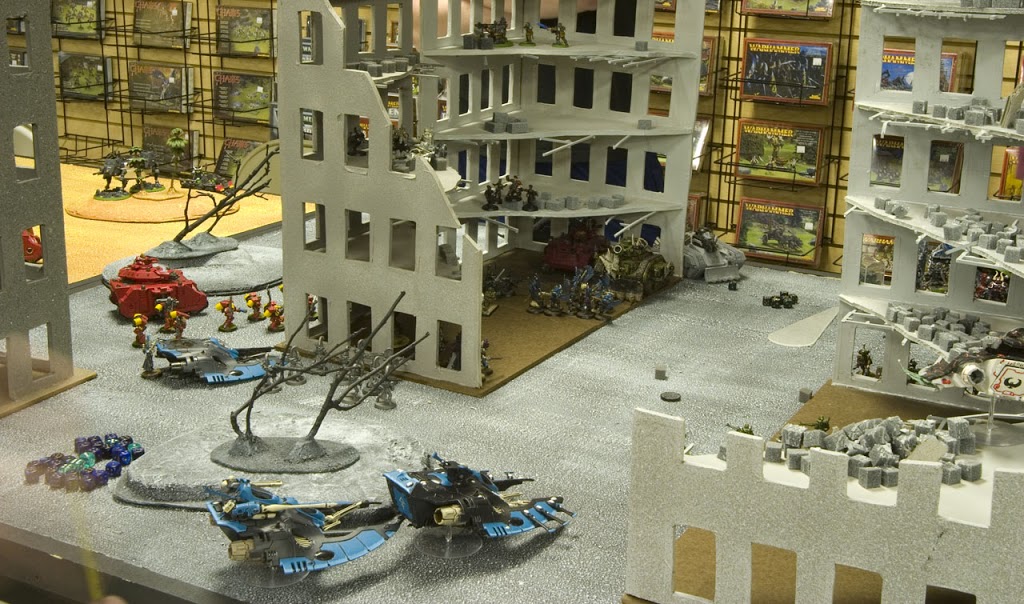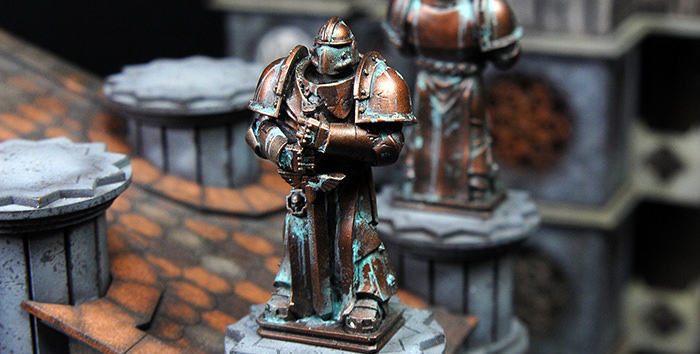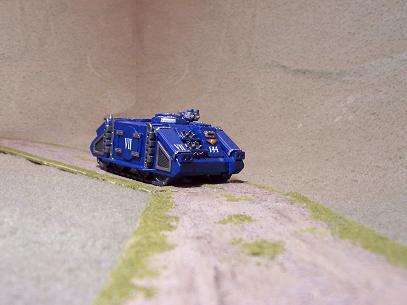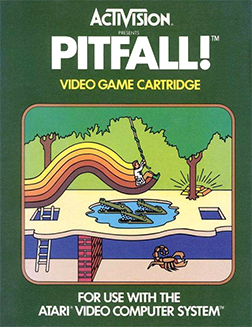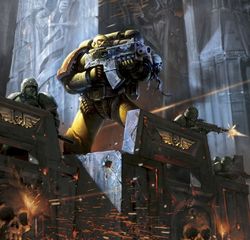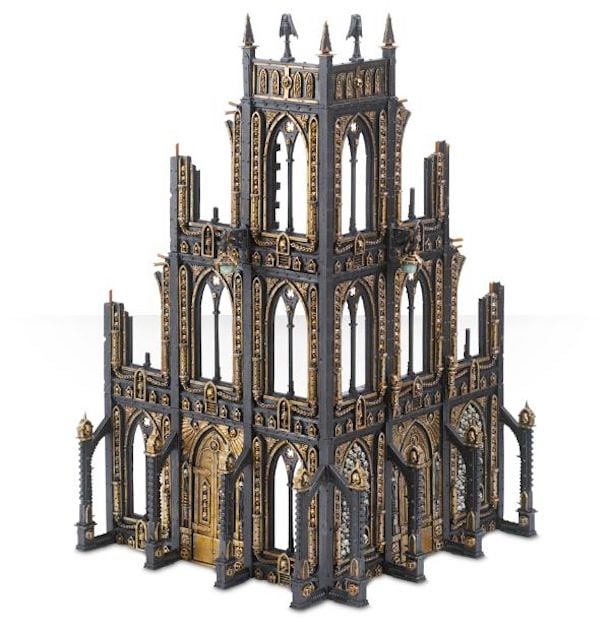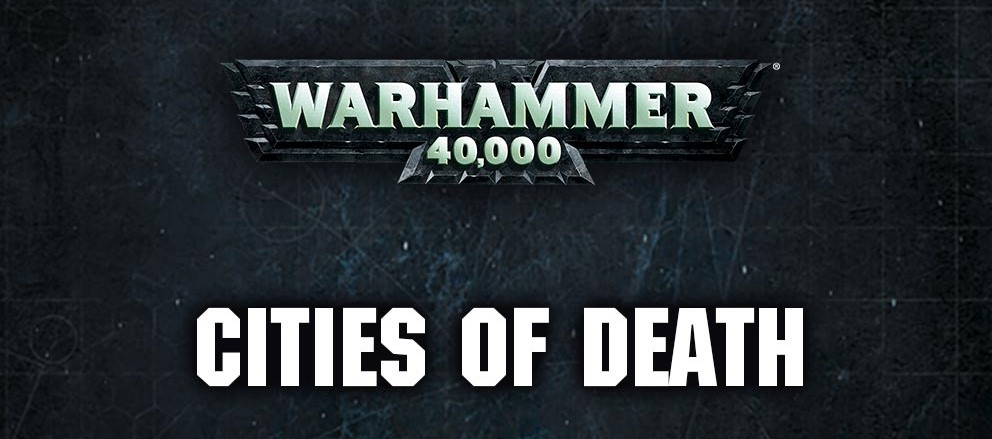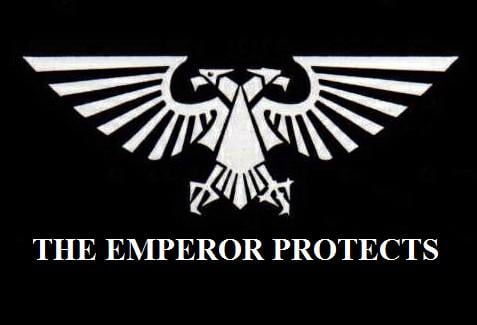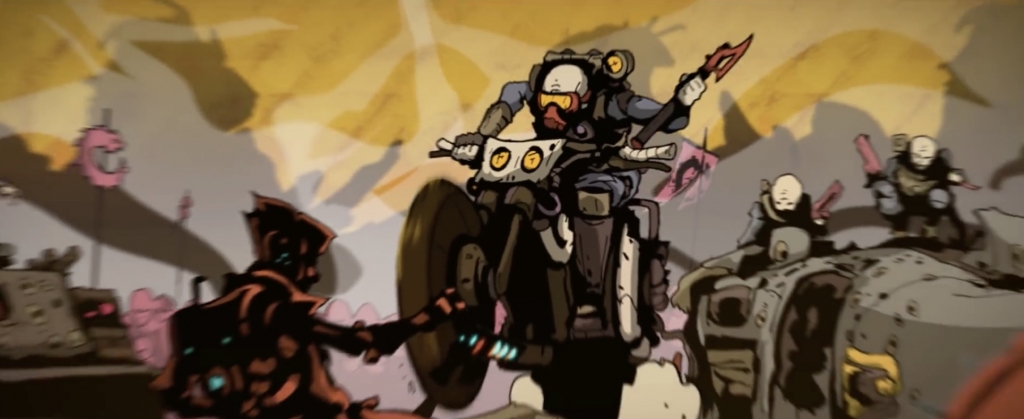40K:Cities Of Death Rules Should Be Part of the Core Game


Chapter Approved 2018 and Urban Conquest brought us new updated Cities of Death rules. Lets talk about why they should just be a core part of the game.
In the back of the core rule book you can find a large section of options rule/play modes. These include rules for Cities of Death (urban/street fighting), Planet Strikes, and more. If your like me you’ve most likely looked at them, thought, “huh cool” and then never glanced at them again. They are niche rules that were pretty skimpy at the time. The kind of thing that occasionally gets whipped out for a narrative game or incorporated into your house rules. In Chapter Approved 2018 GW took another look at the Cities of Death rules, giving them a HUGE update and fleshing them out. These rules were also reprinted in the Urban Conquest book which focused, as the title implies, on city fighting. Having looked over these rules and used them in game I’ve come to think that maybe they should be a core of the rules. Lets take a look at why.
What Rules Am I Talking About?
In Chapter Approved 2018 the Cities of Death rules start on Page 26 and continue through page 43. These include additions to the basic game rules, a ton of new stratagems, and war-zone and mission rules. While most of these are cool ideas I don’t think they should all be added, I don’t think we need 23 more generic stratagems.
The rules I do think should be added to all games are the core 6:
- Obscured Targets
- Lucky Hit
- Streets and Roads
- Dangerous Terrain
- Height Advantage
- Soft and Hard Cover
Let’s take a look at each of these and why they add a lot to the game.
Obscured Targets
This rule basically says if you can’t see the whole target you get a -1 to hit them. If you are shooting at a monster or vehicle you get the -1 if you can’t see more than 50% of them. The rule has a fair bit to say about how exactly you calculate everything, but that is the gist of it. Now I like this rule a lot for a couple of reasons. First off it ends up making cover a lot more important. Most of the time if a unit is in cover it will also be obscured. This means that carefully placed models will be really hard to shoot out of cover, it also means that units that might normally not get benefit from cover (low armor models facing high AP weapons, or high save models vs low ap weapons) still have a reason to be in cover.
More than that however it also gives you an advantage for being behind cover. Currently you could have an entire city block between you and the enemy, but if you are in the open and they can see any part of you, they can light you up like normal. Now you’ve got some some protection, hiding behind obstacles, and obstructions can give you a big advantage. This overall helps slow assault armies get across the table and makes terrain and positioning a lot more important to the game. Long range firepower, and indirect fire, ends up simply being less accurate now.
Lucky Hit
This is a simple rule that say s hit roll of a 6 will always hit the target regardless of modifiers. We’ve actually argued that this should simply be part of the core rules before. With the Obscured Targets rule however it’s pretty necessary to add it in as some Eldar units could get up to a -4 to be hit, and even Marines could get army wide -2s. This helps balance the abusability of several other rules in the game.
Streets and Roads
This is another small simple addition saying that if a non-fly unit moves its entire movement along a street or road (defined at the start of the game) it gains +3″ of movement. This rule really belongs in the terrain rules not the core ones but I like the addition. Like obscure targets this helps make the battlefield and terrain matter more and is something that makes sense. It also gives players real choices. Move through open roads for extra speed, or advance through terrain and be harder to hit? Choices like this make for a good game.
Dangerous Terrain
This is a twist on an old rule from past editions of 40K. This rule states any time a unit advances or charges across dangerous terrain (defined at the start of the game or in a Cities of Death game created by stratagems or missions) you role a die for each model in the unit, on a 1 they suffer a mortal wound. This is another nifty rule that should really be in the terrain section but that I like. It helps spice things up and gives a nice advantage to a defender whose picked a good location to fight from. Currently terrain plays little role in close combat, this changes that a bit.
Height Advantage
This rule effectively says if you are shooting at a target lower than you, that you have “height advantage” which increases the AP of your weapon by 1 (or -1 in 40K AP world). While the rule does describe in detail what counts as having height advantage this part would most likely need to be rewritten a bit as it is aimed at city fight terrain a little too much. Still the basic idea is one I like a lot. Being above a unit and catching them at a disadvantage should help you out. It also means even if the enemy is in cover you can negate that by being above them, which makes sense as its harder to take cover against people shooting down on you.
Overall this is another rule I really like because it makes positioning matter a lot more. Getting favorable terrain and having a good position can really swing things in your favor and rewards smart generalship. It also helps balance out some of the penalties shooting armies suffer from some of the other rules in Cities of Death.
Soft and Hard Cover
The last rule is a modifier to cover. It divides cover into two types. Soft Cover, woods, craters, random obstacles, still provides the regular +1 to saves. Hard cover on the other hand, things like ruins and fortification, now provides a +2 to the units saves. They also add that if you have some way of getting bonus to your cover save you cap out a +3 to saves. Again this rule adds some nice granularity to rules. It also just makes sense. A fortification should be better protection than a bush. Once more this makes positioning a lot more more important.
Final Thoughts Or Why These Should Be In Every Game
You’ll notice reading through the rules one thing I keep harping on is how these rules reward good positioning. Properly placed your units could gain +2 to save, -1 to ap and -1 to be hit. This puts units of Gaurdswomen basically on par with a unit of Space Marines caught in the open. While this may seem OP to some, it’s really not, as the Space Marines, if properly played have access to the same bonuses. All of these rules simply add depth to the game and reward good playing and positioning throughout the game. They also boost the usefulness of properly lead infantry which is I think a good thing.
 Ladies, we are going to dig in on high ground and shoot those heretics in the face!
Ladies, we are going to dig in on high ground and shoot those heretics in the face!
While these rules are meant for Cities of Death I think any game of 40K can benefit from adding them as they serve to make the game more tactical. Moreover I think they actually gain something when used with the smaller amount of terrain seen in common 40K games. These rules magnify the effect of terrain a lot. On a Cities of Death table most units can benefit form them. On a standard table however the terrian will really dictate a lot of the battle. That one large ruin you have that in a normal game would have blended into the rest of the terrain, or simply be used to block LoS, suddenly becomes the most valuable part of the table conferring huge advantages to whoever controls it. It’s simple things like that, that make me think 40K would be a richer, deeper, more tactical and more fun game if these rules were a core part of the game rather than a rarely used outlier.
Let us know what you think of the Cities of Death rules, down in the comments!

